Mining Waste Reaches Brazilian Coast Two Weeks After BHP Dam Collapse
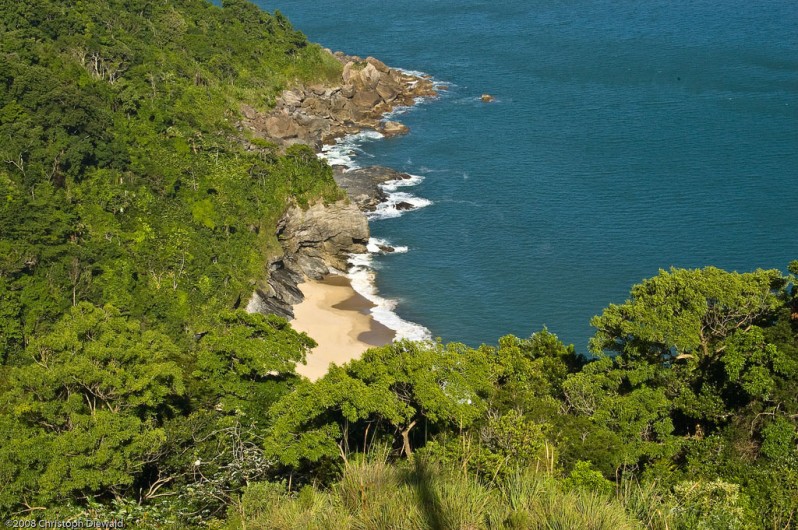
The tide is expected to spread along a 5.5-mile stretch of coastline, threatening the Comboios nature reserve, after killing plants and animals along 400 miles of the Rio Doce.
Brazil Dam Toxic Mud Reaches Atlantic Ocean Via Rio Doce Estuary

A wave of toxic mud travelling down the Rio Doce river in Brazil from a collapsed dam has reached the Atlantic Ocean, amid concerns it will cause severe pollution.
US Kids’ Lawsuit Over Climate Change Gathers Steam
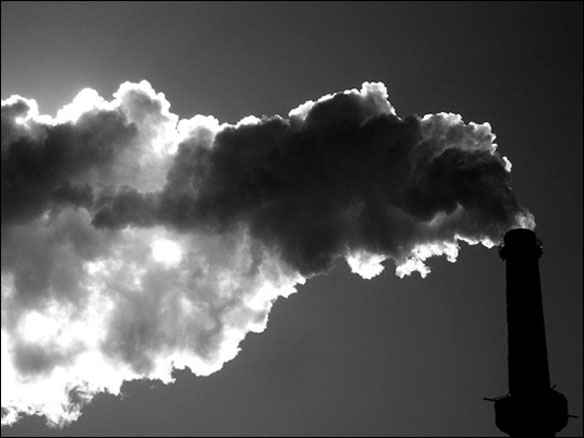
The plaintiffs argue the federal government has known about the danger of carbon emissions since 1965, but has not done enough to stem them, as a result jeopardizing such vital natural resources as the air, seas, coastlines, water and wildlife.
Sea Traffic Pollutes Our Lungs More Than Previously Thought
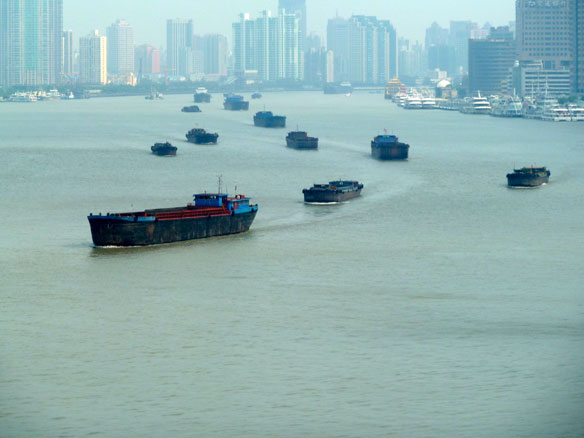
New data show that the air along the coasts is full of hazardous nanoparticles from sea traffic. Almost half of the measured particles stem from sea traffic emissions, while the rest is deemed to be mainly from cars but also industries and natural particles from the sea.
Shipwrecks Posing Threat to US Waters Hold Many Unknowns
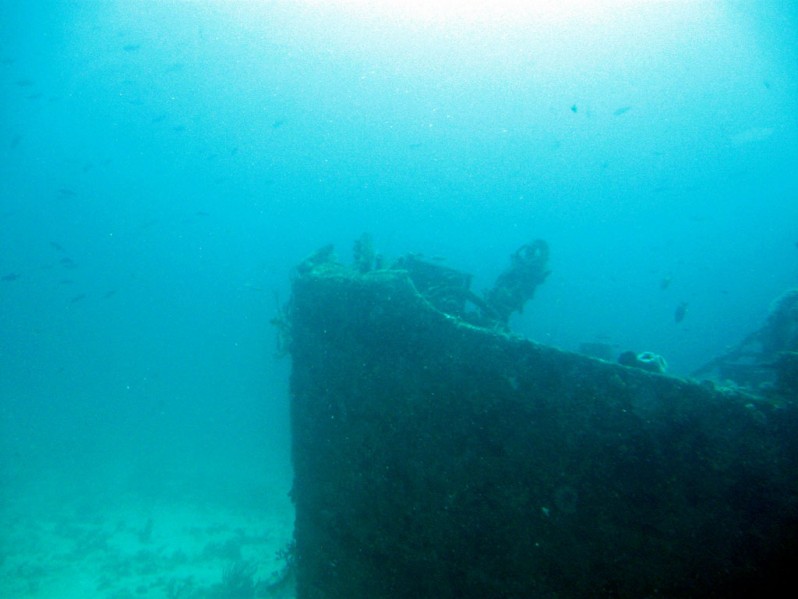
Dozens of shipwrecks scattered along America’s coasts are thought to be holding oil and certainly will start leaking someday as corrosion eats away at their tanks.
Mexico Deploys its Navy to Face its Latest Threat: Monster Seaweed
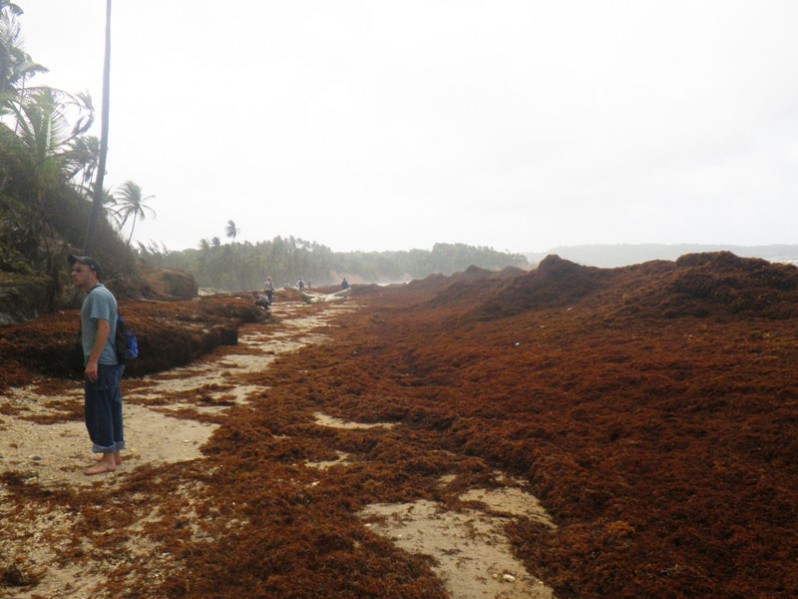
From Barbados to Belize, Cancun to Tulum, a viny brown seaweed known as sargassum has invaded the Caribbean basin this year. For Mexico, whose Caribbean coastline attracts more than 10 million visitors and generates $8 billion in tourism-related revenue a year, the arrival of sargassum became a cabinet-level crisis.
The Next Food Revolution: Fish Farming?
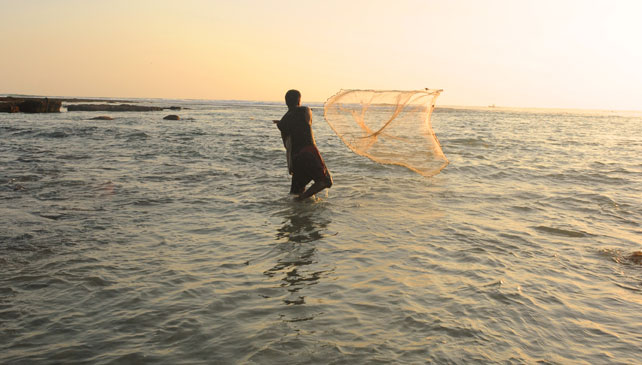
Farmed seafood exceeded global beef production for the first time in 2011 and now provides about half of all fish consumed by humans. Yet aquaculture comes with a host of problems, from pollution of coastal areas and ecosystems, to sanitary issues and diseases, to the major challenge facing aquaculture: the issue of fish feed.
US Curbs Arctic Offshore Oil and Gas Drilling
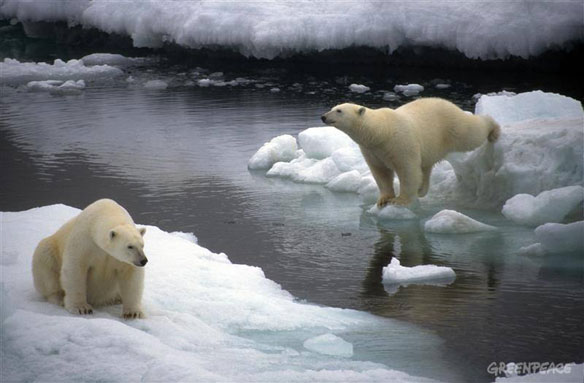
The US government has announced new curbs on oil and gas exploration in Arctic waters off Alaska’s northern coast.
Study: Polluted Runoff Reaches Beaches, NC
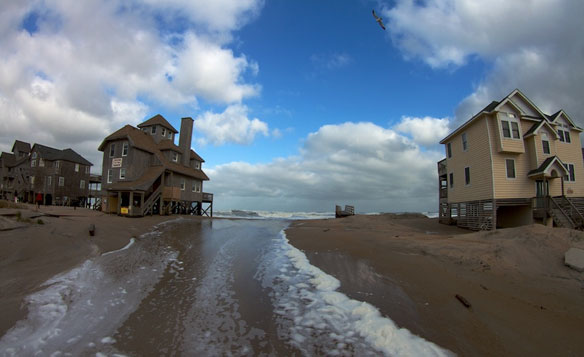
Septic tanks and bird droppings contribute to the stew of pollutants that pour into the ocean during and after storms on the Outer Banks, but measures to remediate the toxic flow could prove to be costly and difficult.
